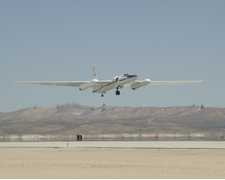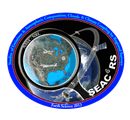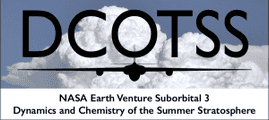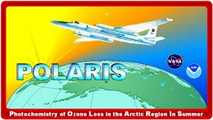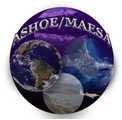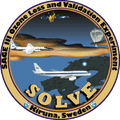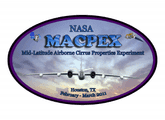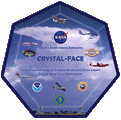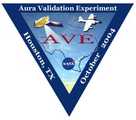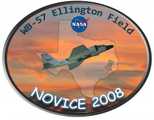Harvard Water Vapor (HWV) is an in situ airborne hygrometer developed at Harvard University that measures water vapor mixing ratios in the upper troposphere and lower stratosphere. HWV includes two instruments that use different methods to detect water vapor: the Lyman-α photo-fragment fluorescence instrument (LyA) and a tunable diode laser direct absorption instrument (HHH - Harvard Herriott Hygrometer). By combining both instruments, HWV can identify and reduce systematic errors during flight. It provides measurements of water vapor mixing ratio from 1 to 1000 ppmv at 1 Hz, with an accuracy of 5%.
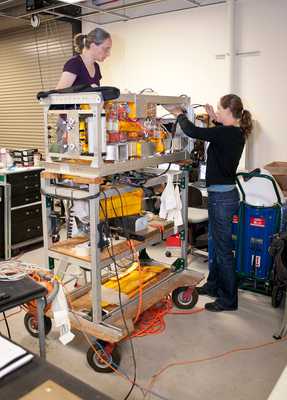
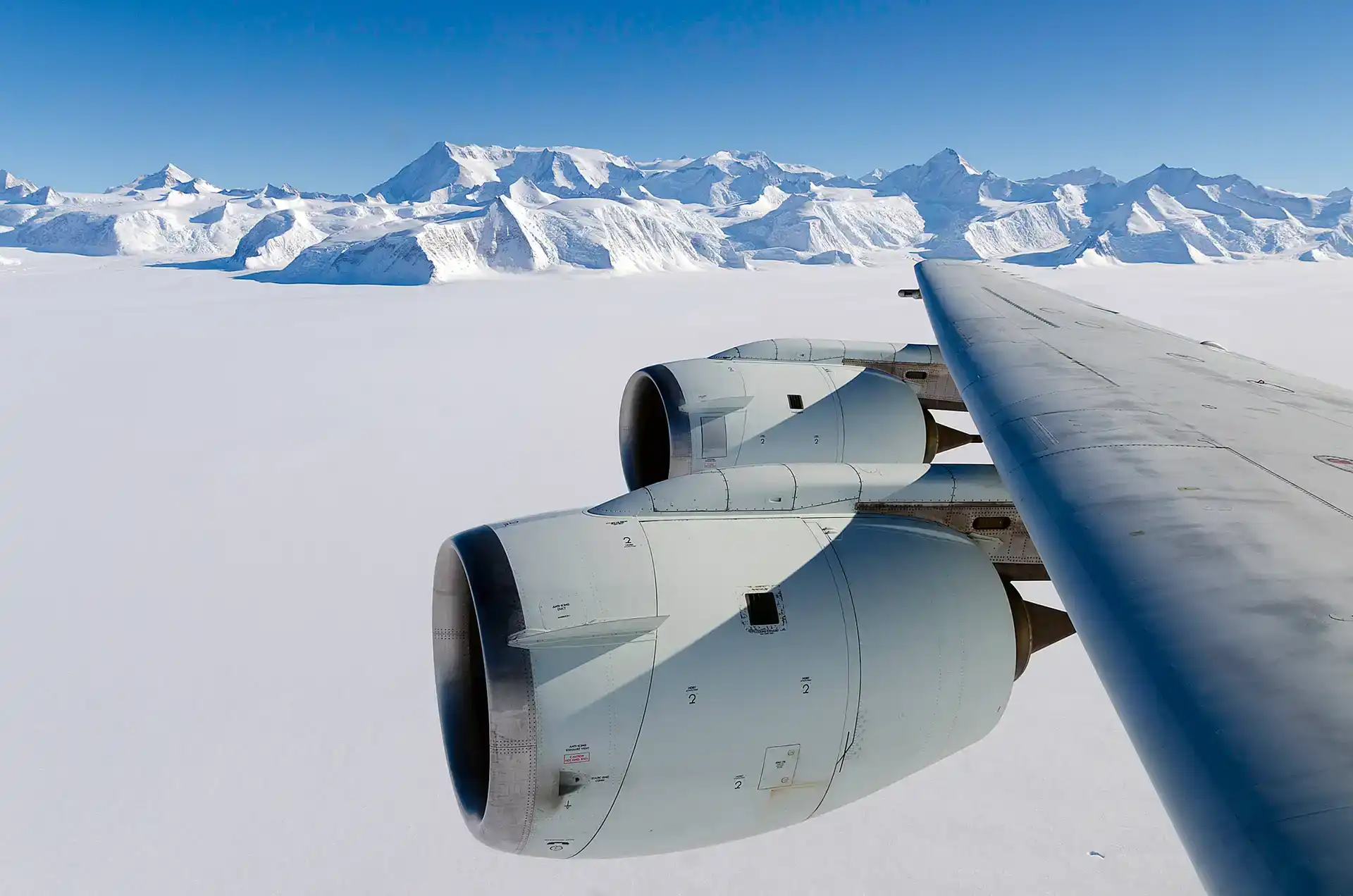
Instrument Details
- Temperature/Humidity
- Earth Science > Atmosphere > Atmospheric Water Vapor > Water Vapor Indicators > Water VaporEarth Science > Atmosphere > Atmospheric Water Vapor > Water Vapor Profiles > Water Vapor Mixing Ratio ProfilesEarth Science > Atmosphere > Atmospheric Water Vapor > Water Vapor IndicatorsEarth Science > Atmosphere > Atmospheric Water Vapor
- Lower Stratosphere, Troposphere
- 1 Hz
- Point
- 2465 THz
- https://doi.org/10.1029/2009JD012427
Jessica B. Smith, David Sayres
Jessica B. Smith
Harvard University
NASA
Unpublished
Filter data products from this instrument by specific campaigns, platforms, or formats.
